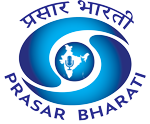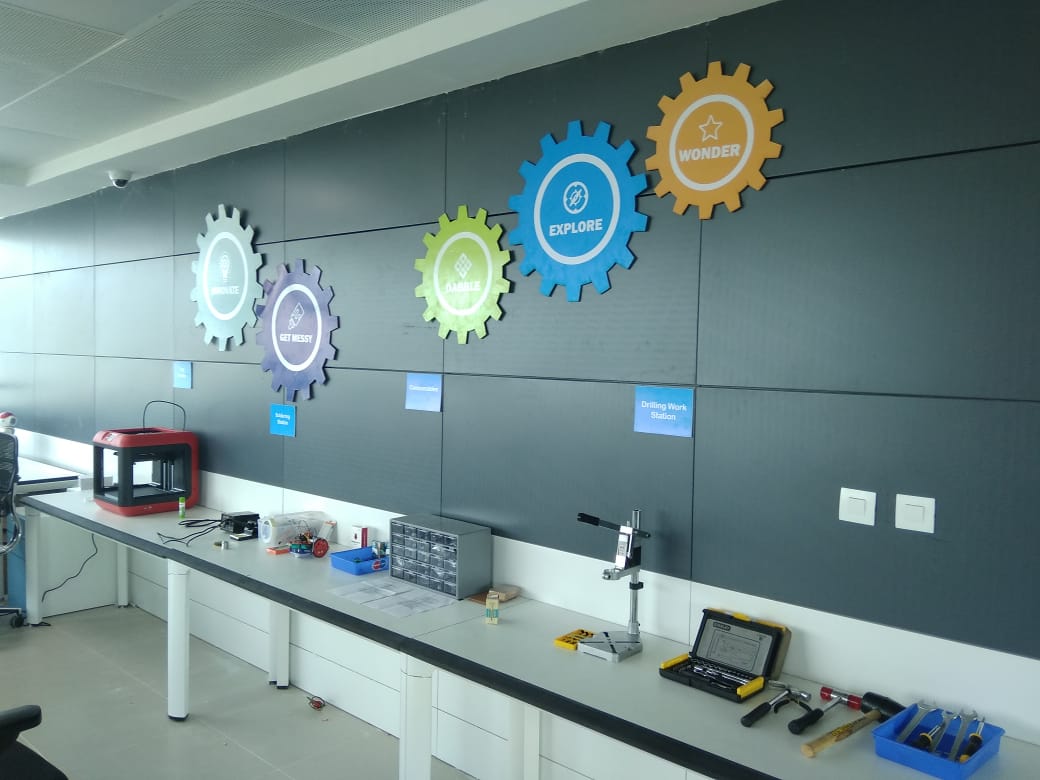In a bold move towards nurturing innovation and scientific temper among India’s youth, Finance Minister Nirmala Sitharaman announced the establishment of 50,000 Atal Tinkering Labs (ATLs) in government schools over the next five years. This ambitious initiative, a cornerstone of the Union Budget 2025-26, represents a quantum leap in India’s trajectory towards becoming a global innovation hub and realizing its vision of Viksit Bharat by 2047.
What catalyzed this systemic transformation? What were the pivotal levers or causal factors? And how does the proliferation of makerspaces in a middle-income nation like India contribute to its aspiration of achieving developed status? This discourse aims to elucidate this transformative journey.
The Atal Innovation Mission (AIM) was established in 2015 with a clear objective—to create an ecosystem of innovation and entrepreneurship nationwide. The ATL program was designed shortly after a meeting at NITI Aayog, India’s apex policy think tank, initiated by a passionate group of tinkerers, innovators, makers, and educators. On December 25, 2016, the first 247 schools received ATL grants on Atal Jayanti. Celebrated Indian makers established the first ten schools, and soon, the ATLs gained momentum.
The COVID-19 pandemic served as a crucible for India’s self-reliance. In the summer of 2021, post-recovery from the second wave, we comprehensively evaluated India’s tinkering movement’s future trajectory. Analytics indicated that for India to unlock its tinkering potential and spearhead the global maker movement, a network of over 65,000 tinkering labs would be requisite to equip students with critical competencies such as creativity, curiosity, and innovation. By July 2022, 10,000 ATLs were operational across 722 districts, providing children with resources to ideate, experiment, and address real-world challenges. In early 2024, aligned with NEP 2020, the government envisioned the next phase—an additional 50,000 ATLs under Atal Innovation Mission 2.0. Finance Minister N. Sitharaman’s Union Budget announcement recently fortified India’s leadership in the Global Tinkering Movement by allocating funds for these 50,000 schools, underscoring the government’s confidence in the foundational philosophy of India’s Tinkering Model.
India’s tinkering philosophy nurtures creativity and curiosity among young minds, empowering them to solve real-world problems within their communities. In contrast to traditional education models focused on rote learning, ATLs emphasize experiential learning, critical thinking, and hands-on problem-solving. Through the lens of the global maker movement, India’s model is distinctive in its focus on enabling tinkerers and makers to be problem-solvers. Unlike the Western paradigm of tinkering, which prioritizes individual expression, India’s model emphasizes playful learning and addressing grassroots problems with newly acquired skills, enabling real-time problem-solving. This grassroots innovation model uniquely suits developing nations, offering a scalable, adaptable blueprint globally.
The systemic integration of India’s tinkering movement within the broader educational framework sets it apart, leveraging existing school infrastructures while introducing cutting-edge technologies. The selection process for schools to acquire an Atal Tinkering Lab was meticulously designed to ensure its reach across all regions of India, democratizing innovation and ensuring inclusivity across socio-economic, regional, and cultural facets of the nation. With National Education Policy 2020 focusing on vernacular learning, makerspaces will harness the full potential of India’s vast and diverse demographic dividend.
The ATL expansion aligns seamlessly with India’s vision of Viksit Bharat—a developed India by 2047. As India aspires to become a $10 trillion economy with world-class infrastructure and technological advancements, nurturing a generation of innovative thinkers and problem solvers is imperative. ATLs play a pivotal role by equipping students with future-ready skills, thus laying the foundation for a knowledge-based economy.
To expand this model globally, the Indian government must disseminate its successes and learnings on the international stage, supported by qualitative and quantitative evidence. The AIM narrative is well-articulated through the AIM 2.0 strategy of input-throughput-output. There is synergy between the AIM 2.0 model and the World Bank’s World Development Report (WDR) 2024, which introduces the “3i strategy”—Investment, Infusion, and Innovation—as a pathway for developing countries to transcend the ‘middle-income trap’.
For India to become a developed and self-reliant nation by its centennial year of independence, it is implementing long-term systemic measures to circumvent the ‘middle-income trap.’ The World Bank’s Long-Term Growth Model emphasizes the critical role of workforce development and efficiency in driving economic growth. By creating a robust ecosystem for STEM education, ATLs contribute directly to building a skilled, future-ready workforce. This aligns with India’s goal of achieving developed nation status within the next 22 years.
ATLs cultivate job seekers and creators, fostering an entrepreneurial mindset essential for economic diversification and resilience. The focus on problem-solving, critical thinking, and technological literacy ensures students can thrive in the era of Artificial Intelligence.
The initiative to establish 50,000 Atal Tinkering Labs transcends mere educational reform—it represents a strategic investment in India’s future. By nurturing creativity, problem-solving skills, and an innovative mindset, India is positioning itself as a global leader in the knowledge economy.
As we forge ahead, critical questions persist:
What happens to the tinkerers and makers emerging from such initiatives?
Are these skills translating into higher-paying jobs and advanced STEM degrees?
Are we at the inflection point of transforming India into a knowledge economy?
A 2022 India Policy Forum paper by Dr. Tarun Khanna and Dr. Chintan Vaishnav estimates that India receives a seventeen-fold benefit return for every rupee invested in such initiatives. This underscores the transformative potential of ATLs—not just as educational tools but as catalysts for economic growth and national development. More slivers of evidence need to step into the light.
The journey towards Viksit Bharat is ambitious, and with initiatives like the ATL program, India is laying a robust foundation for success. By empowering its youth with the tools and mindset needed to innovate, India is not merely preparing for the future—it is actively shaping it.
(Ronak Jogeshwar is a Tinkerer, Maker, and a Systems Thinker.
He served as the founding team of Atal Innovation Mission, NITI Aayog as its youngest member. He is a Harvard University graduate focusing on STEM Education, Innovation Policy, and System Dynamics)










